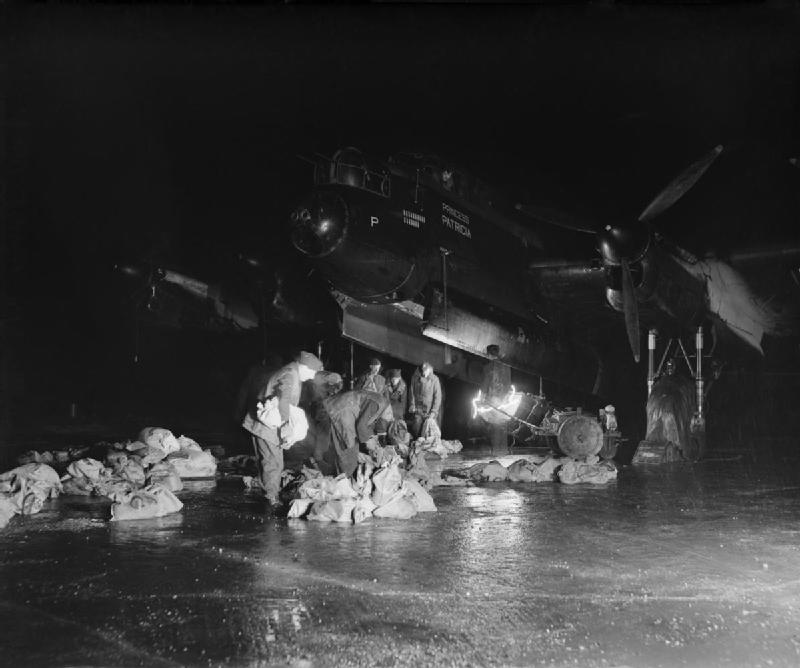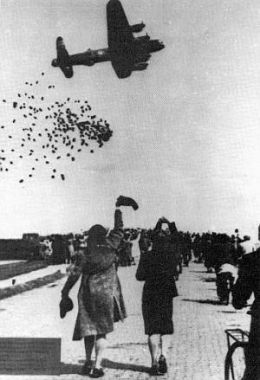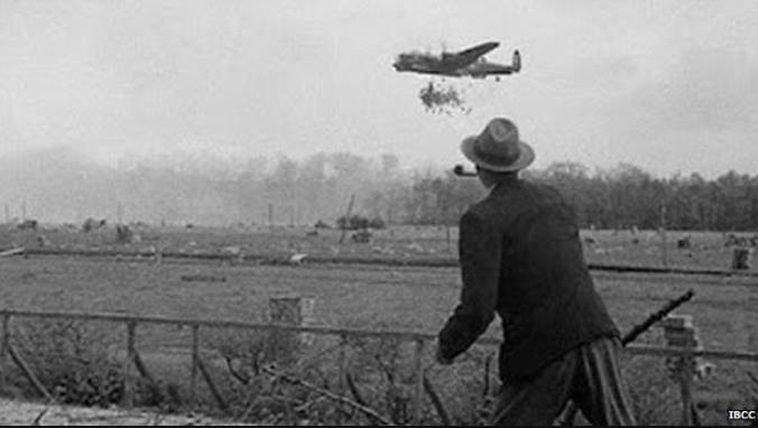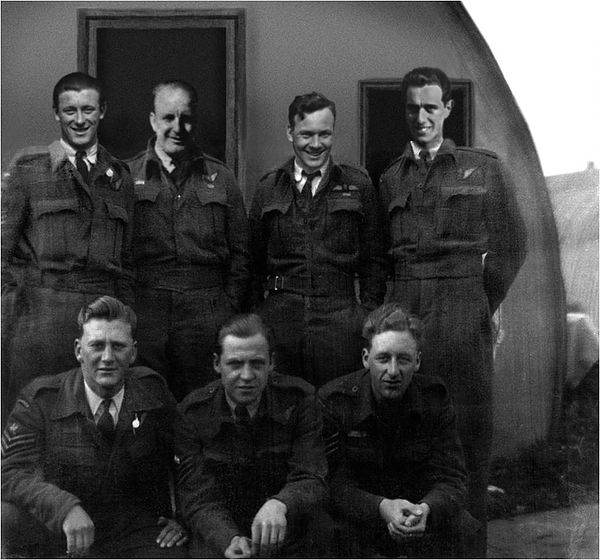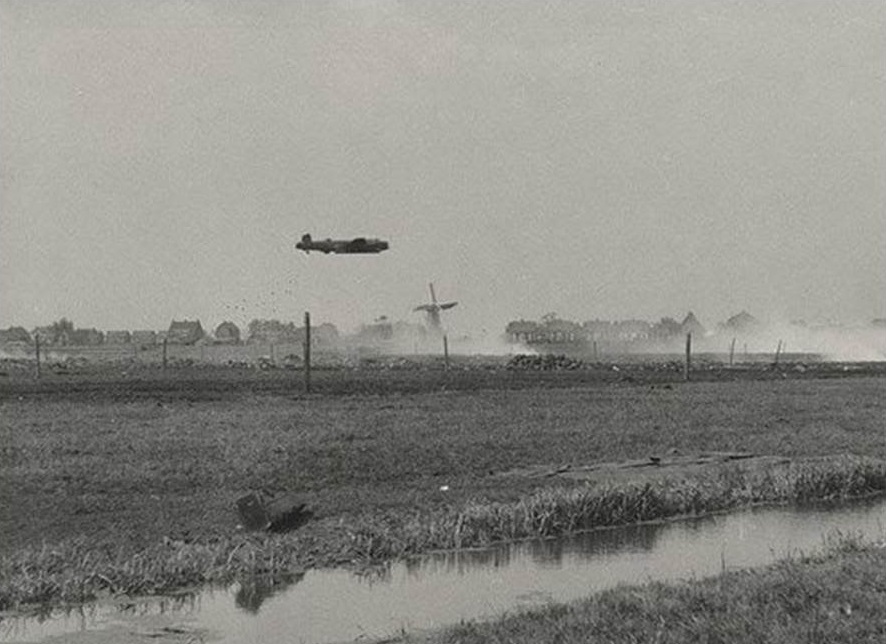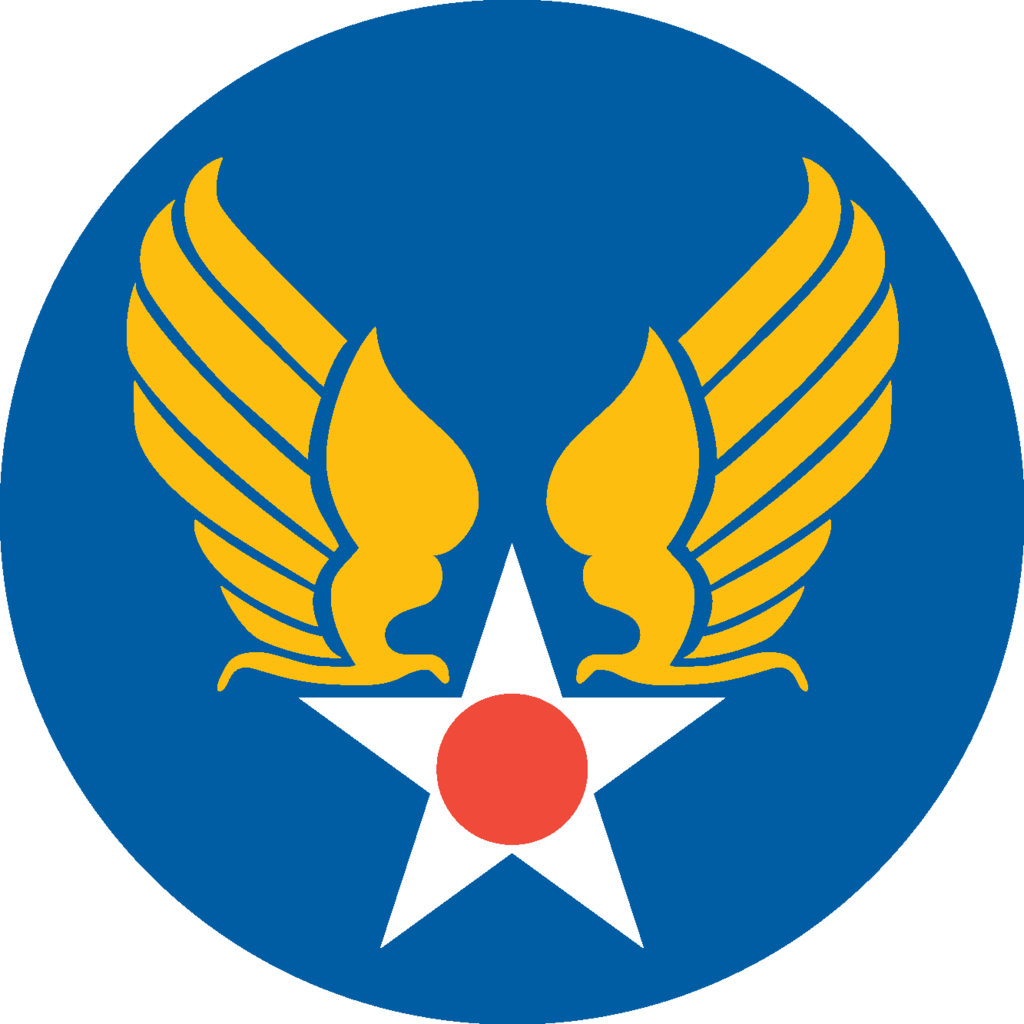
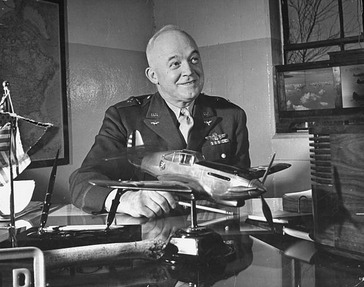
20 June 1941: The Department of War established the United States Army Air Forces. The new organization consisted of Headquarters Army Air Forces, the newly-formed Air Force Combat Command, and the existing United States Army Air Corps. The U.S.A.A.F. was placed under the command of Major General Henry Harley (“Hap”) Arnold, Chief of the Air Forces.
At the end of 1941, the U.S. Army Air Forces had a strength of 354,161 (24,521 officers and 329,640 enlisted) and 12,297 aircraft, with 4,477 of these classified as combat aircraft. Over the next 3 years, personnel would increase to a peak of 2,411,294. The number of aircraft reached a maximum 79,908 by July 1944.
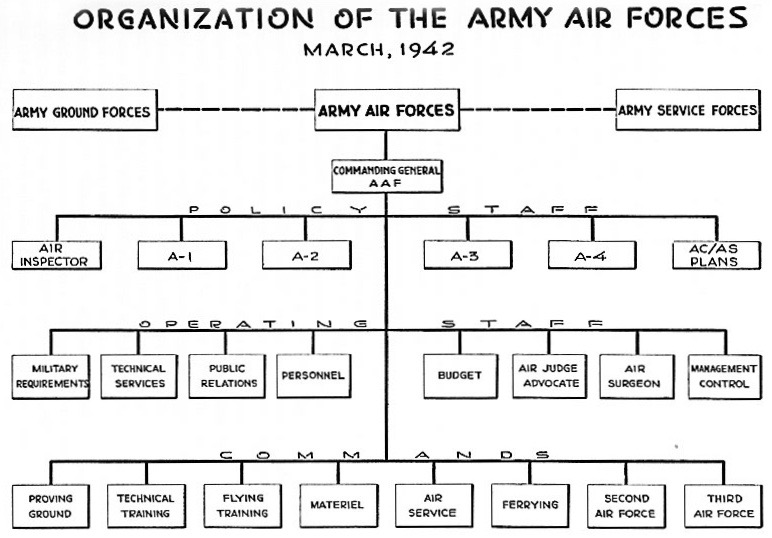
The most advanced aircraft in the inventory of the Army Air Forces at its inception were the Boeing B-17C/D Flying Fortress heavy bomber, the North American B-25 Mitchell and Martin B-26 Marauder medium bombers, Lockheed P-38D Lighting, Bell P-39D Airacobra and Curtiss Wright P-40B Warhawk fighters, and the Douglas C-39 transport. Many older designs remained in service.
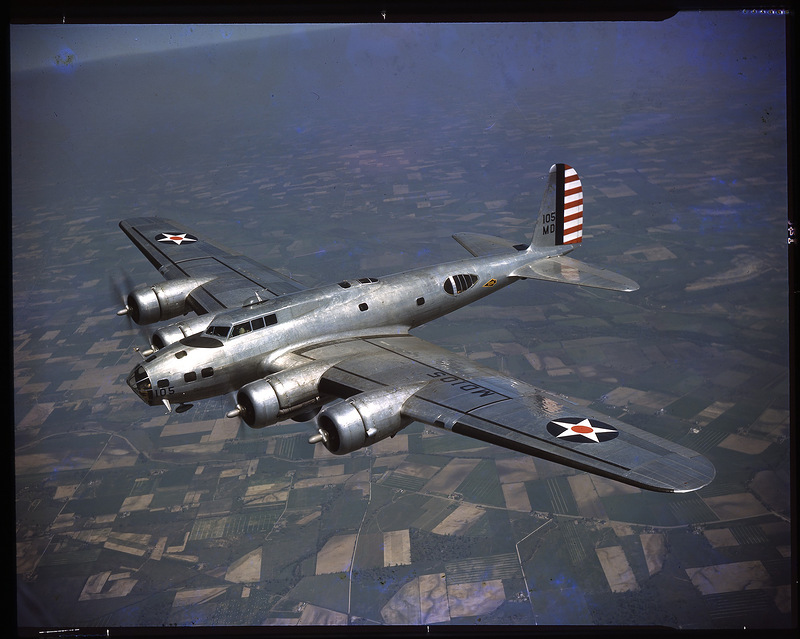
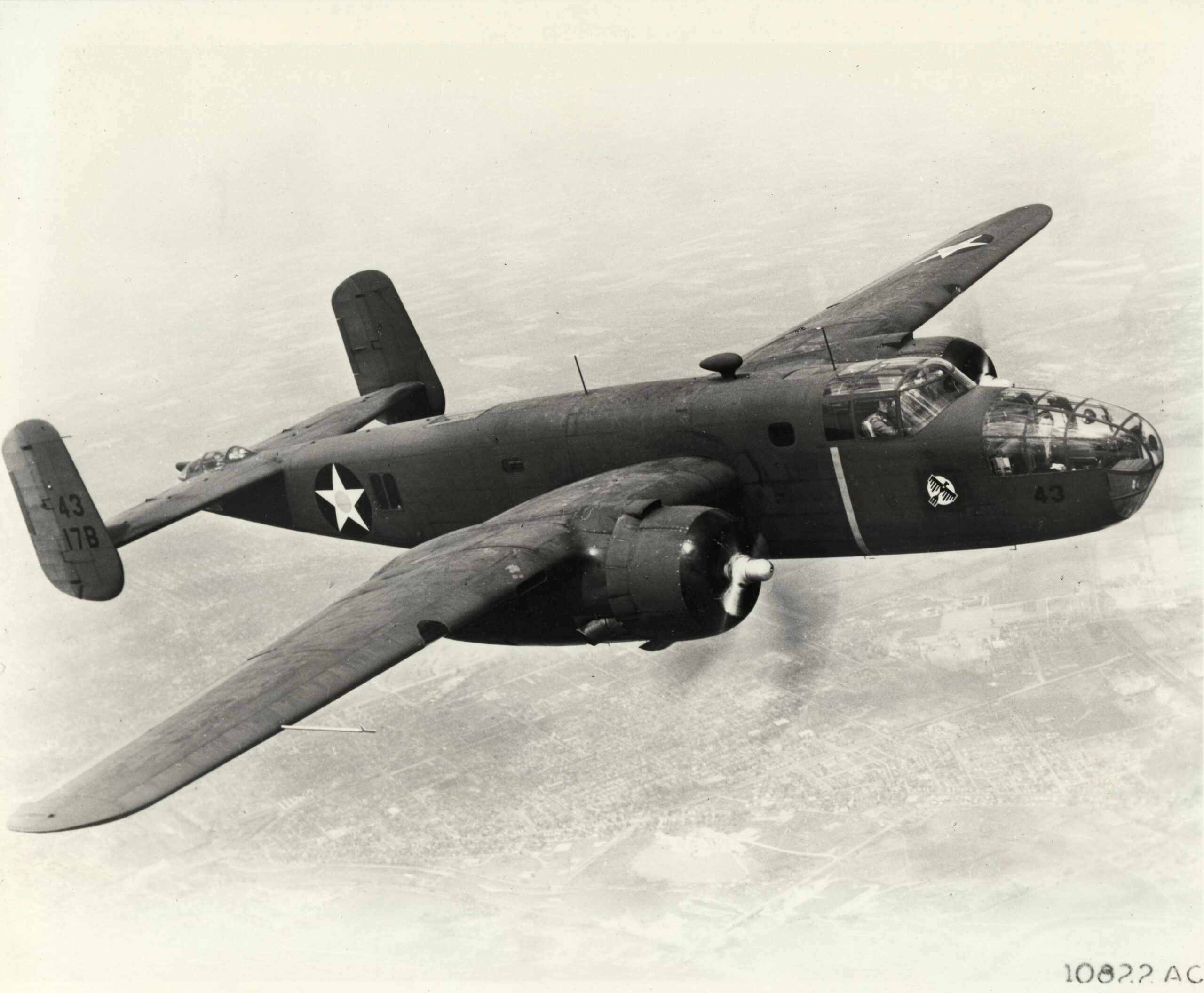
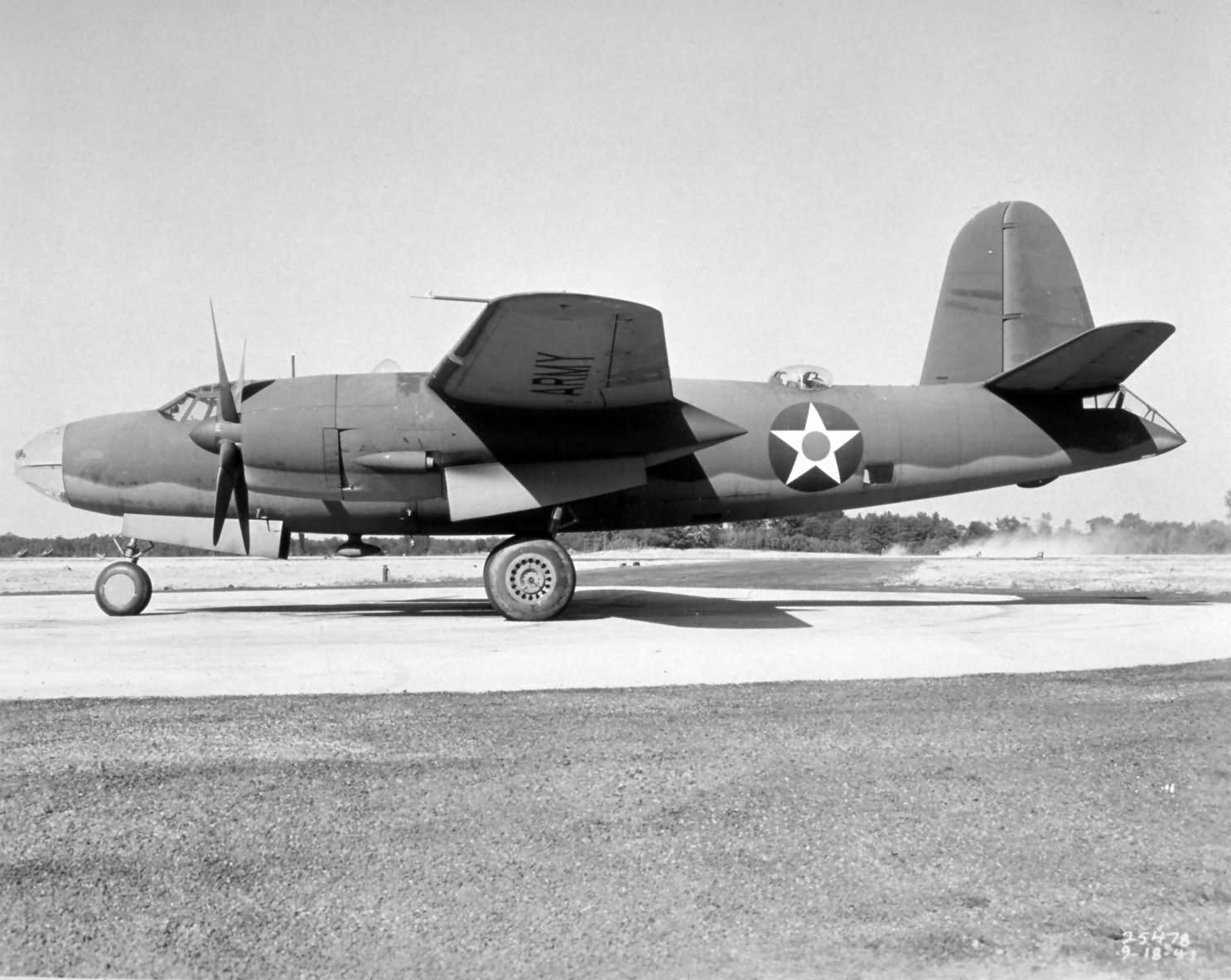
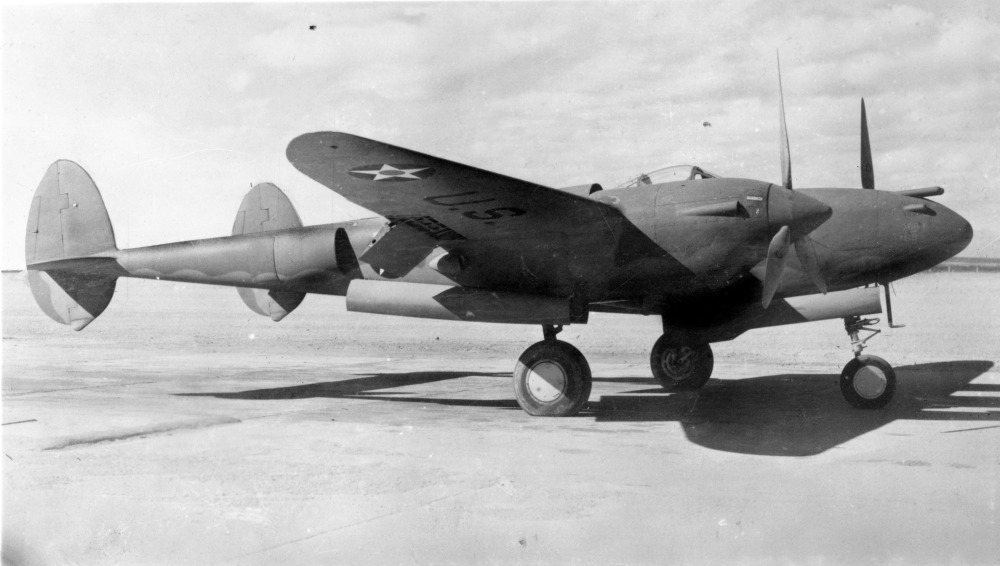
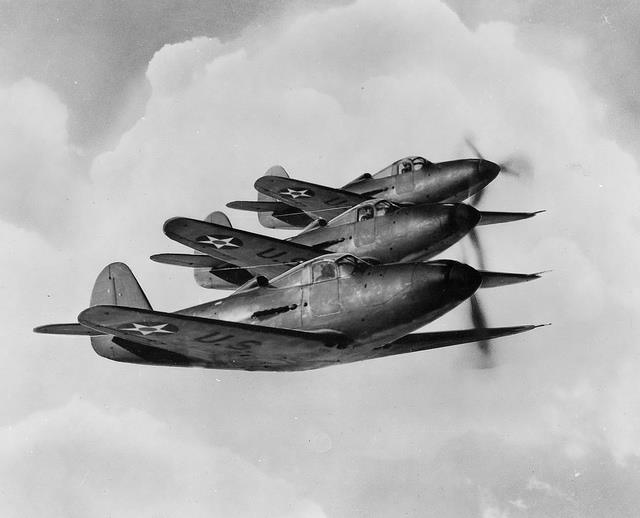
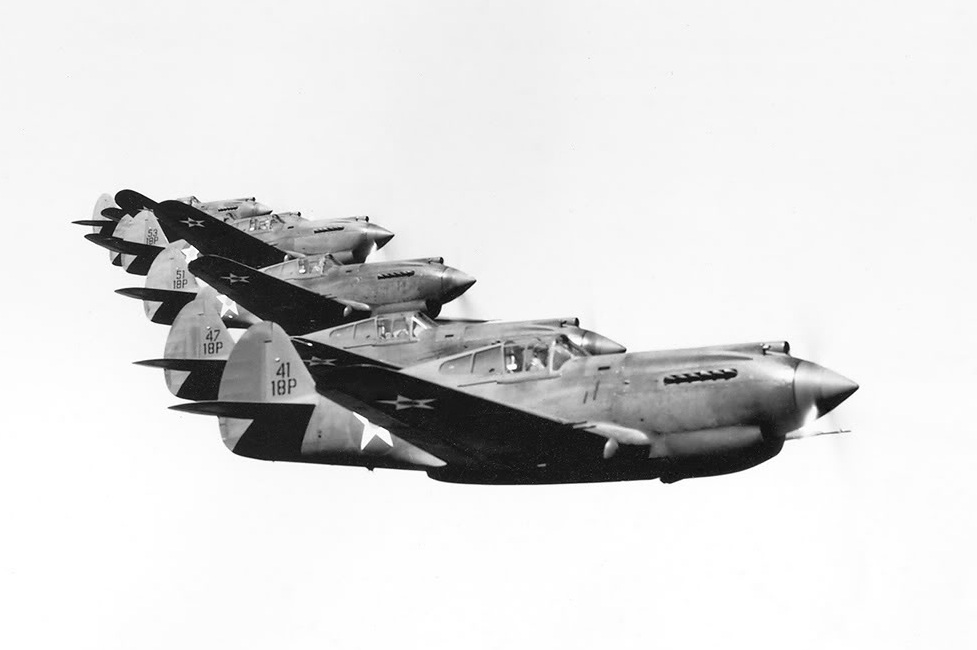
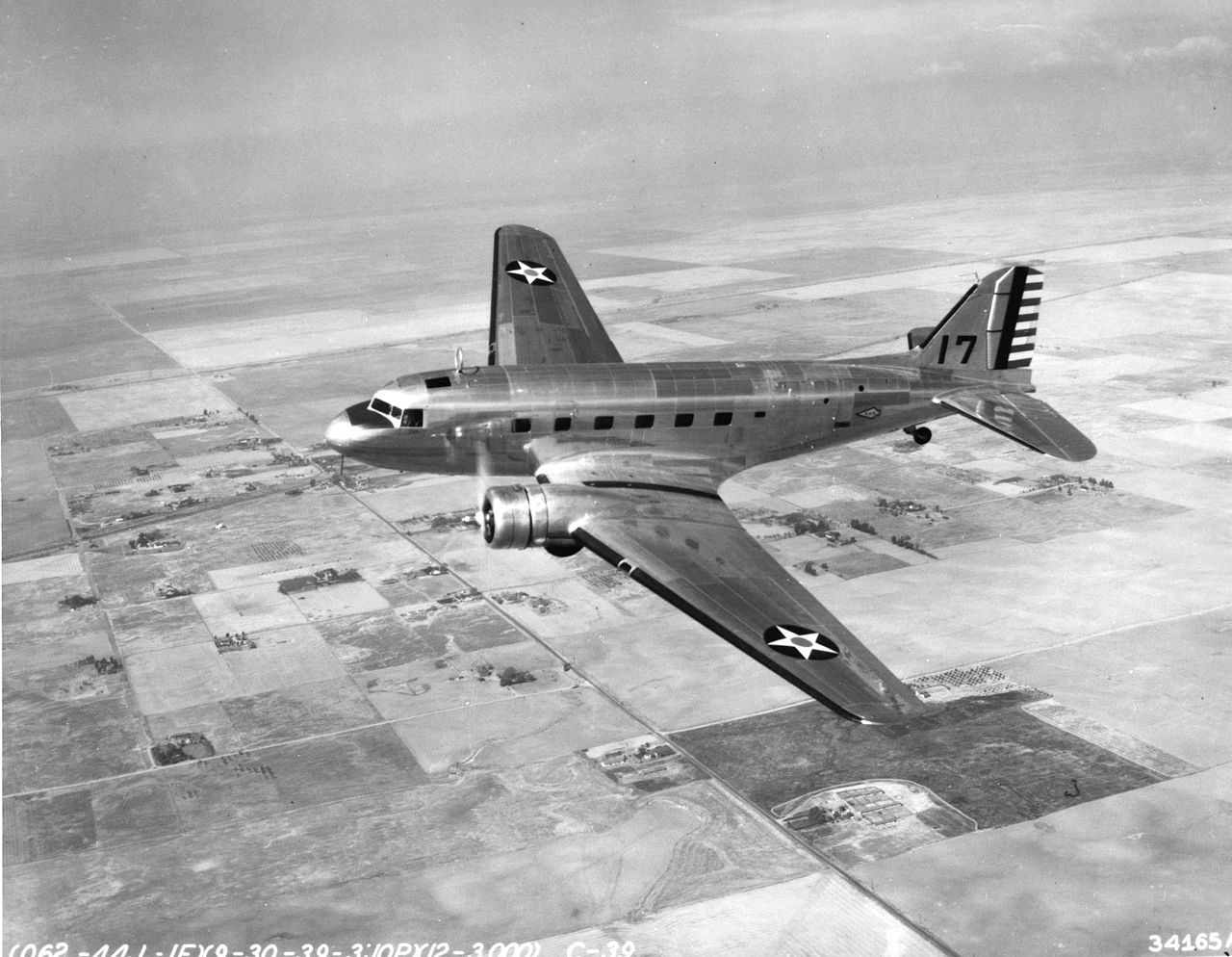
On 18 September 1947, the United States Army Air Forces was detached from the United States Army and became a separate military service, the United States Air Force.
On 21 December 1944, General Arnold was promoted to a five-star rank, General of the Army. On 7 May 1949, his rank was officially changed to General of the Air Force.
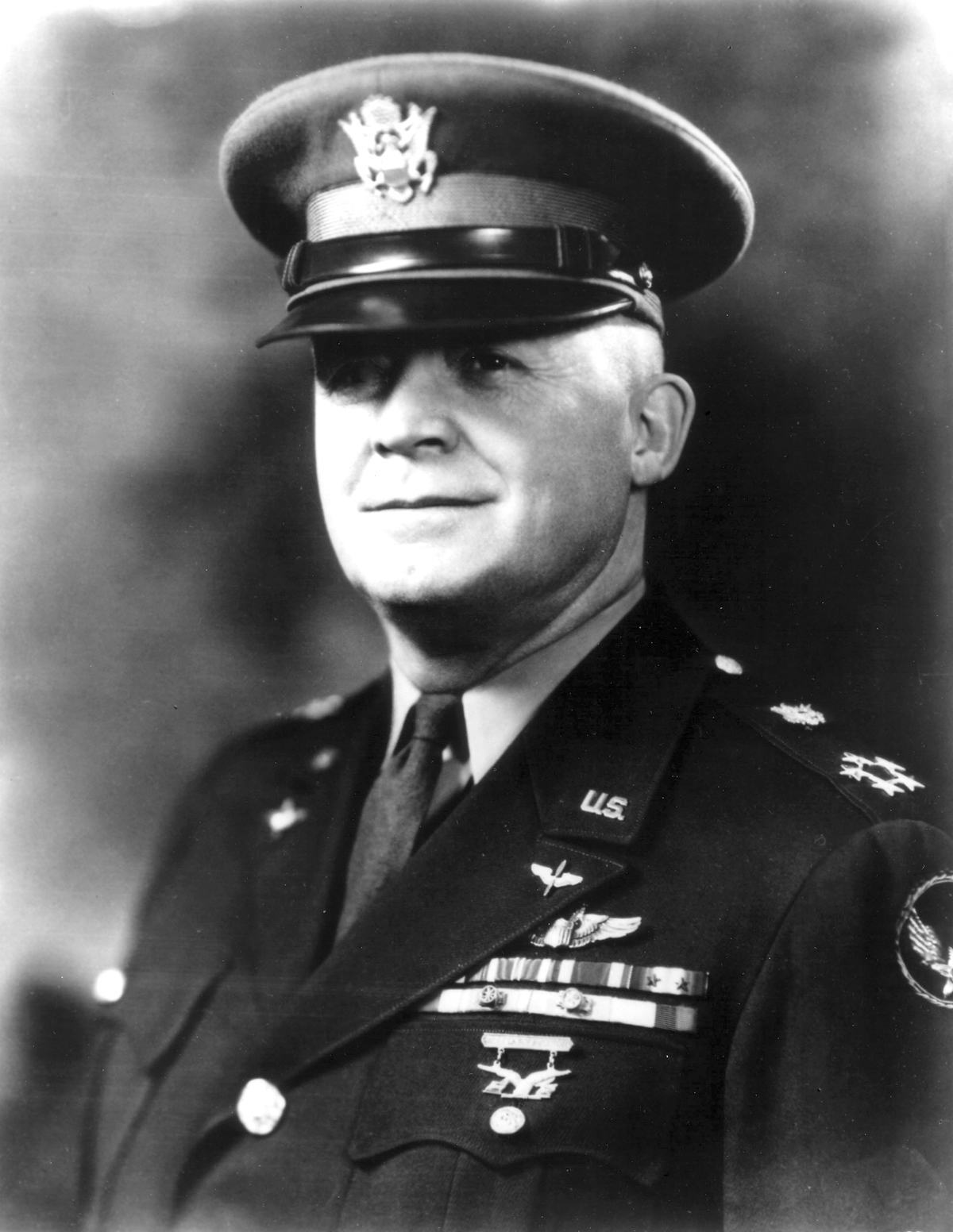
© 2018, Bryan R. Swopes
